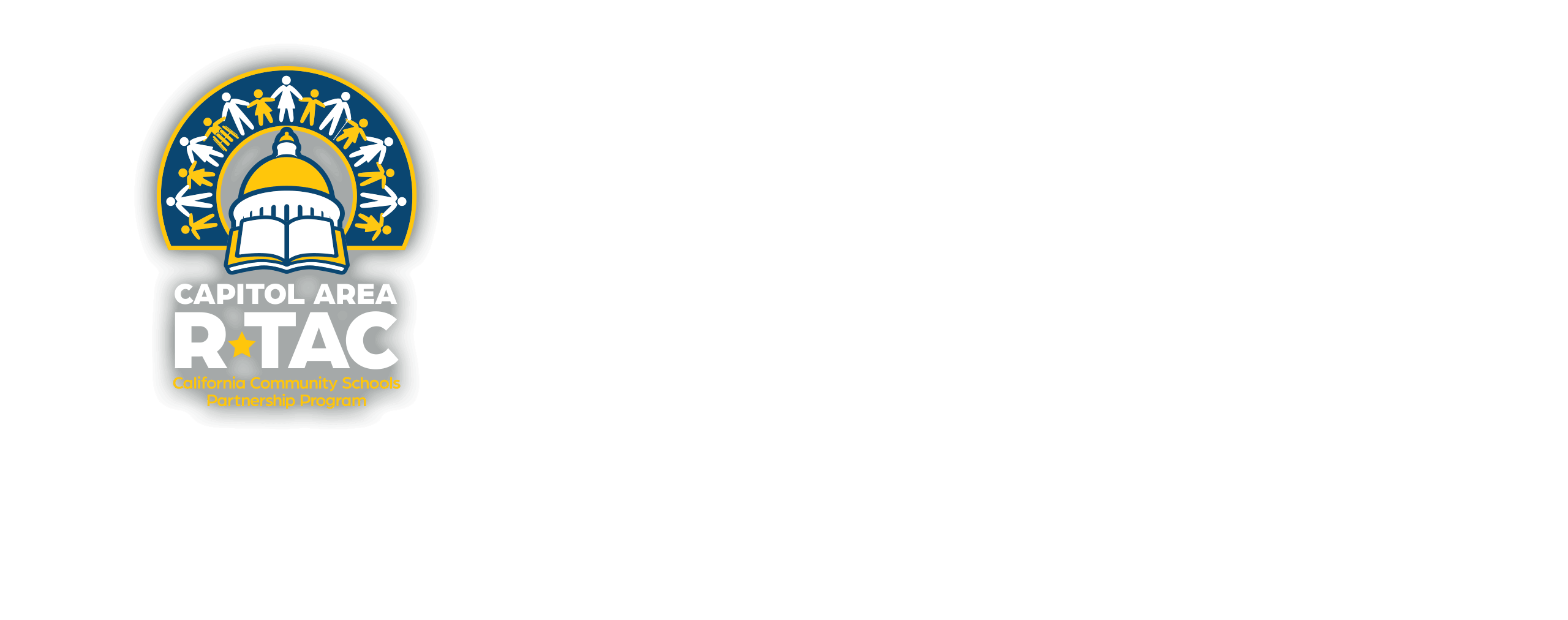



Capitol Area Regional Transformational Assistance Center (R-TAC)
To build a cohesive statewide approach that eases the distinct impacts of COVID-19 on student learning, cognitive and social development, and emotional well-being, the California Department of Education (CDE) launched an initiative called the CDE: California Community Schools Partnership Program (CCSPP). This initiative is designed to accelerate efforts across the state to reimagine community schools in alignment with the CCSPP Framework.
In November 2022, the California State Board of Education approved the Capitol Area Regional Transformational Assistance Center (R-TAC) co-led by the Sacramento and Placer County Offices of Education to work on the ground with county offices of education, local educational agencies, and school sites within the region to help emerging and existing community schools create support networks, share best practices, plan for success, leverage funding, and coordinate services.

What is a Community School?
A Community School is any school serving pre-Kindergarten through high school students using a “whole-child” approach, with “an integrated focus on academics, health and social services, youth and community development, and community engagement." As a school improvement strategy, community school initiatives enable the local educational agency (LEA) and school to work closely with educators, students, and families to understand and address the unique needs, assets, and aspirations of the school community.
